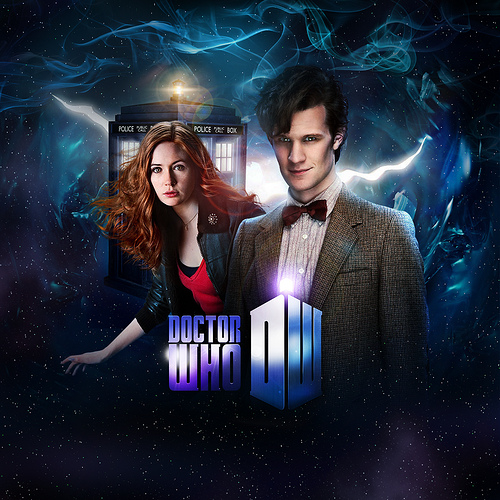Australia Decides 2010: It's On!
 Matthew Kopelke |
Matthew Kopelke |  Monday, July 19, 2010 at 6:00PM
Monday, July 19, 2010 at 6:00PM Well, it's on folks! After several weeks of endless speculation (the kind you get every time there is a chance of an election inside of 2-3 months), August 21 was chosen yesterday as the date of the next Federal Election. Julia and Tony will be going head-to-head on the campaign trail over the coming 5 weeks, even if right now it would appear that all of the polls (despite Laurie Oake's attempts at Nine to suggest otherwise) are pretty much stating the fact that unless there is a major stuff-up in the next month, the ALP will be returned to power (with something in the region of 80-odd seats in the House of Representatives), and the Greens having the balance of power in the Senate.
All of which sounds fine to me, to be honest. I am yet to be convinced that the LNP have learnt the lessons of the 2007 Federal Election, and while occasionally Tony Abbott might say something that is of national interest, for the most part he is a leader that is not fit to govern, and nor does the party he lead show any real signs of being ready for a return to power. Maybe given another election loss they might start to sort themselves out, but for now, it's a case of the Opposition do not look like a good alternative Government at present. It's taken them 2 years to sort out how to be an effective Opposition (after 18 months of in-fighting and leadership spills), let alone how to govern in their own right.
At the time of writing, it would appear that the two campaigns are focussed on a couple of key themes - asylum seekers seems to be the issue that just won't die (why do I feel like we're back in 2001 again?), while debate over the economy (and in particular the handling of the GFC) rages on, despite all of the evidence from the OECD and IMF (as well as the obvious facts that Australia is a lot better off than pretty much anywhere else in the world) clearly stating that what the Government did last year was excellent. Still, I guess it wouldn't be a Federal Election if there wasn't a whole heap of lies and FUD chucked about the place.
This is most likely going to be quite a boring election campaign, since there just isn't the money in the Goverment coffers to really allow for any big-budget spending commitments. But I do hope we hear some firm policy announcements over the coming month in the areas of health, education, and the environment - particularly that last one, where I do feel thus far that has been the biggest stumble the ALP Government has had (and was ultimately one of the key reasons that brought down Kevin Rudd). In some ways, the lack of action from the major parties on the issue of climate change should allow the Greens, who have been seeing a slow and steady tracking up of their primary vote, do quite well out of this campaign. Not sure if they will get a House of Reps seat, as some commentators are suggesting, but hopefully it will result in them getting the balance of power in the Senate, and therefore, some real action.
The only thing that did annoy me slightly about yesterday's launch of the 2010 Election was the silly practice of closing off the election roll so early in the campaign. I did not like it in 2007 when John Howard pulled this stunt, even less so this time around given Julia Gillard is essentially giving those who have yet to enroll less than 8 hours in which to do so. In all honesty, I really wish it had been a week or something, just to let people enroll properly. Oh well.
Anyway, I will be keeping track of the election here on The Sunday Talk, so please join me for the ride ahead. Will try and post a weekly update on the campaign where and when time permits, or more often depending on the sorts of announcements we get from the various parties. In the meantime, allow me to leave you with some clips from yesterday's Election 2010 lanch, the opening press statements from both Julia Gillard and Tony Abbott, the latter of which seemed very unprepared and nervous. Did no one tell poor Tony an election was coming?
And just for fun, here is the GetUp Australia campaign promo for the 2010 Election. If only reality were this awesome...




